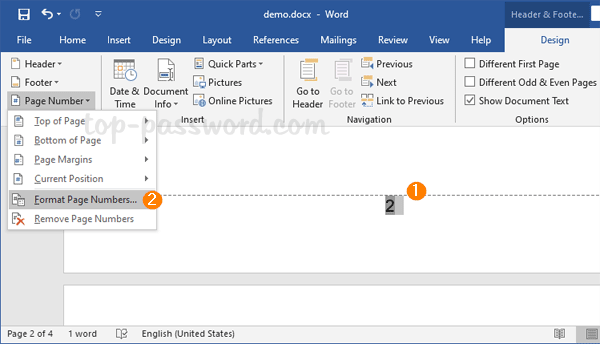

You want to sort by paragraphs, text, ascending (A to Z).Ĭlick OK, the dialog box will close and your paragraphs will be in alphabetical order. The Sort Text dialog box will appear, as seen below. With the paragraphs selected, on the Home tab, in the Paragraph group, click the Sort button. ** NOTE: While you have your paragraphs selected, you need to alphabetize the list of works cited, shown below. Under Special, click the drop down list arrow, and select Hanging, by 0.5”.Ĭlick OK to apply the format and close the dialog box. Select the paragraphs of your works you have cited. The citation paragraphs must have a hanging indent of 0.5 inch. Works Cited is centered at the top of the page. Under Indentations set the Left indent to 1” On the Home tab, in the Paragraph group, click the bottom right corner to open the Paragraph dialog box.įor Body paragraphs, under Special, click the drop down list arrow, and select First Line, by 0.5”.įor shorter quotations, you can put them in quotation marks, and include them directly in the text.įor Long Quotations (more than 4 lines), indent the quote one inch from the left margin and do not use quotation marks. On the Home tab, in the Paragraph group, click the Center Alignment button to center the title.īody paragraphs, must be left aligned. Center Your TitleĮither before or after typing the title, make sure you insertion point is on the same line as the title. It should look like the image below:Īfter typing the heading, press the Enter key one time, then type the title of the paper.

Your heading goes at the top left of the first page. It is double spaced and has no indent. This is so you will know which is “active.” When you print the paper, both the header and the body will appear equally black. When you are in the header, the body of the paper will appear gray. Insert the Page Numbers and link them properly to ensure continuous numbering The one thing I’ve learned from over a decade working with MS Word is that designing your file in the right order is absolutely vital. NOTE: when you are in the body of the paper, the header will look gray. To close the header, you can click the close button, or simply double click in the body of the document. Select the text and on the Home tab, format the font to Times New Roman 12 pt. Type in your Last Name, followed by 1 space. The menu will close, you will then see your insertion point before the page number 1. Select Top of Page. A drop-down menu will appear. Make sure your settings match those shown on the right to type the heading and header.įrom the Insert tab, click Page Number. On the Home tab, in the Paragraph group, click the bottom right corner to open the page dialog box. Line spacing should be double, with no extra space before or after paragraphs Your font is now set to Times New Roman, 12 pt. Press the tab button to accept the font and move to the Font Size box. Start typing "Times." By the time you have typed the first word, you will see the rest of the font name appear as the font type. This will select the name of the current font. On the Home tab, Click the Font Type box. Your entire document will now have 1” margins. In the drop down list that appears, click Normal. On the Page Layout tab, in the Page Setup group, click Margins.
#HOW TO DO PAGE NUMBERING IN WORD 2016 HOW TO#
How to format a paper with MLA style guidelines Overview Select the paragraphs then choose Numbering to make a numbered list.How to Format an MLA Paper in Word 2010 & 2013 Summary It’s not a good workaround but it’s what Microsoft leaves us with. The workaround is to use numbered lists instead. There’s no direct option for paragraph numbering in Word that works similarly to the line numbering feature. It’s common to find draft documents with paragraphs numbered so that people can refer to each by that number (“We mention government oversight in paragraphs 6, 7, 9 and 12”). Since there’s line numbering in Word, you’d expect to also find a paragraph numbering option. These samples are usually formatted with a special style (fixed space font, indent and a special color) to which automatic line numbering would be very useful. That’s a curious omission since Microsoft developers themselves should be aware of one common use for line numbering – in samples of computer code. However styles can’t enable the line numbering in the first place. You can use a style to suppress line numbering at Format Paragraph | Line and Page Breaks | Formatting Exceptions | Suppress Line Numbers. You have to choose ‘All Styles’ to see the Line Number style and modify it.Ĭuriously, line numbering itself isn’t a formatting option in Paragraph styles. It doesn’t show up in the ‘In use’ or ‘In current document’ style lists even when it’s being used in the document. Line Number is one of those annoying hidden Word styles.


 0 kommentar(er)
0 kommentar(er)
